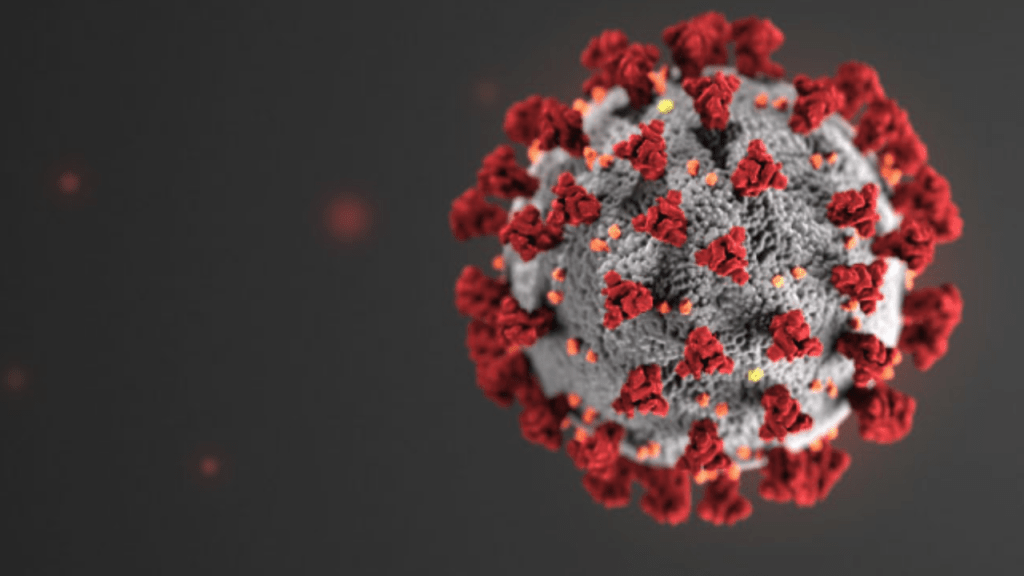Like weather forecasters, medical experts are keeping a close eye now on the newest COVID-19 subvariants to determine whether they’ll remain small tropical storms far out at sea or evolve into powerful hurricanes.
The new COVID subvariants causing angst for infectious disease experts are BA.2.75, BA.2.75.2, BA.4.6 and BF.7. These are all subvariants related to omicron, the COVID-19 variant that sprang on the scene early in 2022 and has been spreading widely ever since.

Globally, through mid-September, the omicron BA.5 variant was still dominant, accounting for about 80% of cases around the world.
But BA.2.75 and BA.2.75.2, which first emerged in India and now are spreading in the United Kingdom, are currently causing about 2-to-5% of cases in the U.S.
UCHealth infectious disease expert, Dr. Michelle Barron, has been studying the newest subvariants like storms she must watch. She’s keeping them on her radar, but doesn’t want people to overreact.
“We’re seeing them in the U.S., but still in very low numbers,” said Barron, who is UCHealth’s senior medical director of infection prevention and control and one of the top infectious disease experts in Colorado.
“They’re like tropical storms. They’re way out in the ocean right now. We’re aware of what they have the potential to do, but they may never gain enough strength to hit land or even become a named storm.”
Experts don’t know yet how the new COVID-19 booster shot will fare against the newest subvariants.
There are a handful of studies, but they’re still speculative, said Barron, who is also a professor at the University of Colorado School of Medicine on the Anschutz Medical Campus.
Some early evidence points to BA.2.75.2 as potentially evading vaccines and treatments. But other researchers found that vaccines worked well against the subvariant.
“We don’t know yet how the newest boosters will hold up against new omicron subvariants,” Barron said.
While these subvariants are only causing a handful of COVID-19 infections now, it is possible for them to grow exponentially. That’s what happened when the delta variant became dominant. Still, Barron cautions that the newest subvariants have not taken over yet.
“We all have this trauma from the beginning of the pandemic, and we were at DEFCON 10. We don’t have to go back there again, but we’re not at zero either. We just need to pay attention,” Barron said.
“It’s a nuisance to think about the newest subvariants, but just as we all watch the weather, we should be aware of what’s out there, so we can be prepared,” she said.
Just like tropical depressions, the subvariants might fizzle before amounting to anything. Or they might grow into a powerful hurricane.
“It might completely miss you and you’ll be fine. Or you might have to have a plan to leave your home in case it shifts,” Barron said.
She encourages people to think about COVID-19 in the same way. It’s with us now. You can stay aware.
“If something is brewing, you pay attention, but for the most part, you’re just living your life.”
Barron encourages people to get their COVID-19 booster shots if they’re eligible. It’s also wise to get a flu shot.
“These are subvariants that we haven’t previously seen. It’s of value to watch them,” Barron said.
A tough scenario would be if a new subvariant emerges that is both more infectious and more dangerous than BA.5.
Early reports about the BF.7 subvariant are potentially concerning.
“It has some novel sequences that make it more transmissible. The other concern is the potential for more severity. If it’s like the love child between delta and omicron (variants), that would be bad. But all of our information is still very premature,” Barron said.
The way the virus that causes COVID-19 is continuing to evolve is not a surprise. What has changed since the earliest days of the pandemic is that we now have good tools to fight infections.
“Go get your booster if you’re eligible,” Barron said.
It’s possible that a new subvariant could render the primary vaccines and boosters slightly less effective. But they still will help reduce severe illness.
“The booster gives you an extra layer of protection against whatever is coming next. Will it be 100% effective? Probably not. But, it’s definitely more than zero,” Barron said.
And for people who are immunocompromised or those who spend time with at-risk people, wearing a mask and limiting your exposure can be tremendously helpful.
“It’s not like we’re trying to put you back into March of 2020, but there’s still tremendous value (for some people),” Barron said.
“Every day, I put on my seat belt because it’s the law. Do I necessarily like it? No. Does it keep me safer if I get in an accident? Of course.”
That’s why masks still are required in UCHealth health care settings.
“We have tools to make things safer,” Barron said. “People who come into hospitals generally need to be here. Whether they have to have cancer treatments or have diabetes and need medications, it’s our job as health care providers to protect them.”
Editor’s Note: During the pandemic, the Colorado Times Recorder will occasionally post articles, like this one, from UCHealth Today, which is published by UCHeatlh, the hospital associated with the University of Colorado School of Medicine.




